Protista
Ecological efficiency
Decrease or even eliminate the use of pollutants.
The speed and path taken by all chemical elements, such as carbon, nitrogen, and others .
These resources do not regenerate once they are substracted from nature so they will decrease little by little.
Primary productivity
Is the most influential factor and the one that has a great decisive power towards for caring the environment and its improvement
Is the variety of life, it includes the different life forms in every organization level in which nature is expressed.
Overexplotation
Energy amount accumulated within living beings from an ecosystem. Includes the energy acquired from food and the matter they gather as a population .
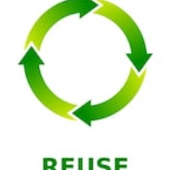
Sustainable development
Environmental Impact
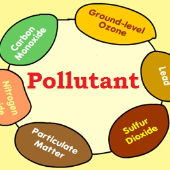
Multicellular organisms that obtain their energy and nutrients by photosynthesis.
Document which shows the significant and potential environmental impact that a construction or an activity could produce.
Environmental education
Energy flow
Microscopic unicellular organism that have a cell wall but no nucleus.
Fungi
Multicellular organisms that obtain their nutrients by ingesting them.
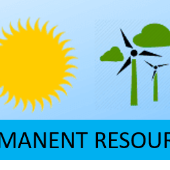
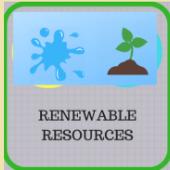
Terrestrial or aquatic areas in which the original environment has not been modified and are representative of the different ecosystems existing in the nation.
Trophic structure

The velocity in which the material produced by an organism is decomposed into smaller chemical components .
Biogeochemical cycles
The rate at which consumers convert chemical energy from their food into their own biomass.
The presence of one or more pollutants in the environment or any combination of them that causes an ecologic unbalance.
Is the modification of the environment caused by human activity or nature
Is an extraction of organisms from a population in a greater rate than its reproduction rate.
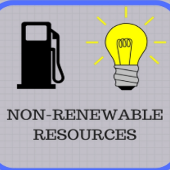
Using again the things that are still in good conditions.
Those that regenerate themselves, there is no extinction risk
Matter flow
Decomposition rate
A development that satisfy the necessities of the present without compromise the capacity for the future generations to satisfy its own necessities
The speed and path taken by the energy through the components of the ecosystem.
Secondary productivity
Multicellular organism that don´t perform photosynthesis. They obtain their nutrients by absorbing substances from decomposing plants or animals.
Reincorporate the waste materials on the manufacture of new products.
Measurement of energy passing through trophic levels. Energy percentage produced by a plant and the amount transferred to another organism .
All those resources that even when they are substracted still have the capacity to regenerate or recover in the natural way.
Unicellular organisms that have organelles and nucleus , they can be autotrophs or heterotrophs.
The way in which organisms are organized within the ecosystem according to the type of food they consume .
Animalia
Any form or physical state of matter and energy that it is incorporated into the atmosphere, water, flora, fauna or any natural element, it will modify or alter its composition and natural condition.

Plantae
A process of formation targeted to society in order to encourage the integral perception of the environment to achieve more rational behaviors in favor of social and environmental development.
How matter is transferred by chemical, geological and biological means in order to transform it into nutrients, but also to restore, purify and preserve sustainability in ecosystems.

Monera
Biomass
Environmental Impact Assessment

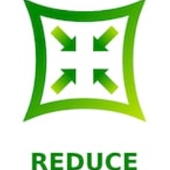
Protected areas
A measure of the rate at which new organic matter is developed through photosynthesis and chemosynthesis in producer organisms .